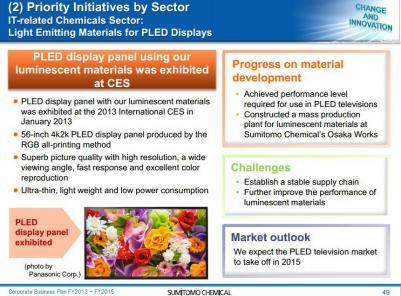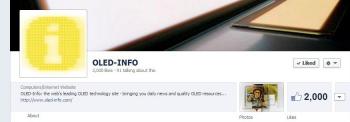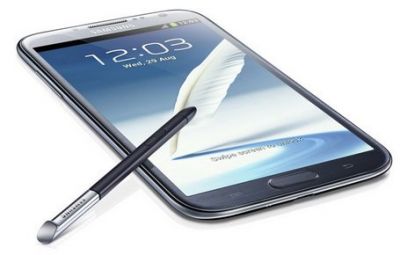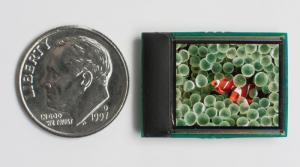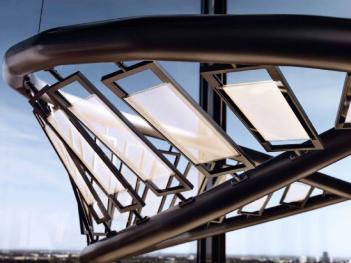iSupply - the S4 cost is estimated at $236, the 5" AMOLED costs $75
IHS iSuppi posted a "virtual teardown" for the upcoming Galaxy S4, saying that the bill of materials is about $236 (for the HSPA+ S4 with 16 gigabytes of NAND flash). According to iSuppli, the 5" Full-HD Super AMOLED display costs $75. As the 4.8" WXGA AMOLED on the S3 costs $65, this represents the largest cost increase for the S4 compared to its predecessor (The cost of making an S3 is estimated at $208). The cost of the AMOLED display is over 30% of the cost of the entire S4.
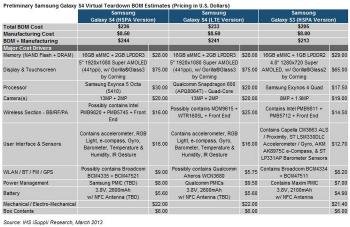
Other expensive components on the HSPA+ S4: the Exynos 5 processor at $30, memory (NAND + Flash) at $28, the two cameras at $20, the UI and sensor subsystem at $16 and the HSPA+ chip at $16. You can see the complete list on the table above, which includes also the S4 LTE and S3 Built-Of-Materials (BOM) estimates.


